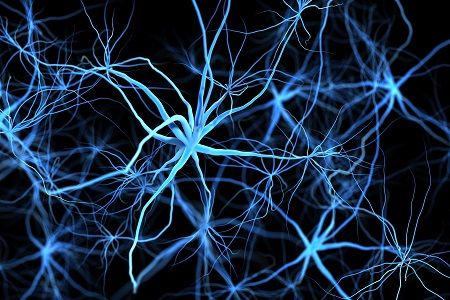Poor Correspondence Between Pain Data and Actual Symptoms Hurts Patients
In a perfect world, the pain data provided by diagnostic tests would match up with how a patient is actually feeling. However, the association is probably not as strong as doctors would like.

In a perfect world, the pain data provided by diagnostic tests would match up with how a patient is actually feeling. The association is probably not as strong as doctors would like, however, and that’s important to remember for the proper treatment course.
At PAINWeek 2016 in Las Vegas, Nevada, Roger B. Fillingim, PhD, professor and director at the Pain Research and Intervention Center of Excellence at the University of Florida, spoke about the conceptual models of pain and how following them word for word could cause problems.
If you look at the Biomedical Model of Pain, it’ll say that pain is a sensory experience which is a symptom of disease or tissue damage. And historically, that is what has been believed. Pain, whether acute or chronic, can certainly arise from injury, trauma, or surgery, but more and more doctors are viewing it as a condition all of its own.
The model also says that pain is proportional to the amount of tissue damage. This goes back to the earlier statement that in a perfect world, the two would match up. But what happens when a test doesn’t reflect the amount of pain that a patient “should” have? Doctors may go on to invalidate the patient because of the lacking data correlation. “This has probably been the most damaging to patients,” Fillingim said during the presentation. Due to this poorly correlating data, researchers are trying to develop more sophisticated ways to view pain.
- MD Magazine is on Facebook, Twitter, Instagram, and LinkedIn!
One of the clinical corollaries derived from the Biomedical Model is that peripheral abnormalities need to be identified so that they can be corrected; and if they are corrected, the pain will be reduced. This continues with the thinking that if these abnormalities aren’t addressed, the pain can’t possibly go away.
“As you can tell, I’m not a fan of the Biomedical Model,” Fillingim said, pointing out that these highlight the inadequacies as opposed to the strengths of the model.
A 2008 study by Reva C. Lawrence, MPH, looked at radiographic vs. symptomatic osteoarthritis. The results found substantial differences between pain data and actual symptoms. Interestingly, the patients reported less pain than what the radiographic data indicated. Another study in 2006 by Eugene J. Carragee, MD, found that lumbar magnetic resonance imaging (MRI) reported pain when the patients didn’t actually have much at all. So tests could say that patients “should” be in pain because they have a disease, but that correlation may not even be there.
No model is perfect, and it’s fair to say that they all have their strengths, but that should be considered when treating patients with painful conditions.
Also on MD Magazine >>> More News from PAINWeek 2016 in Las Vegas